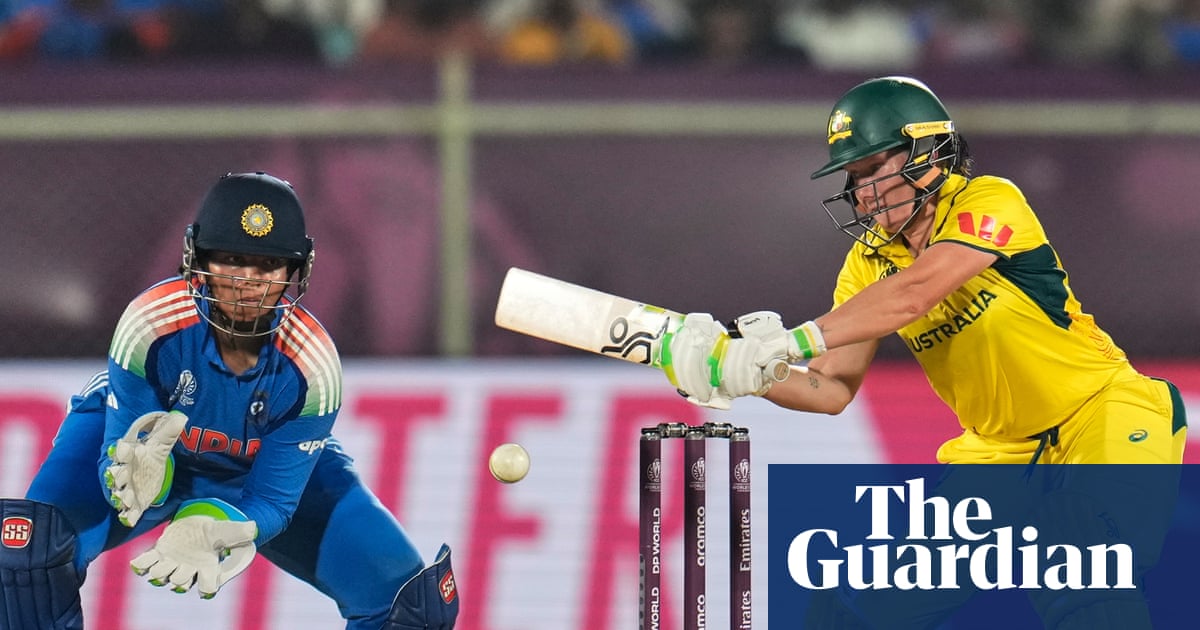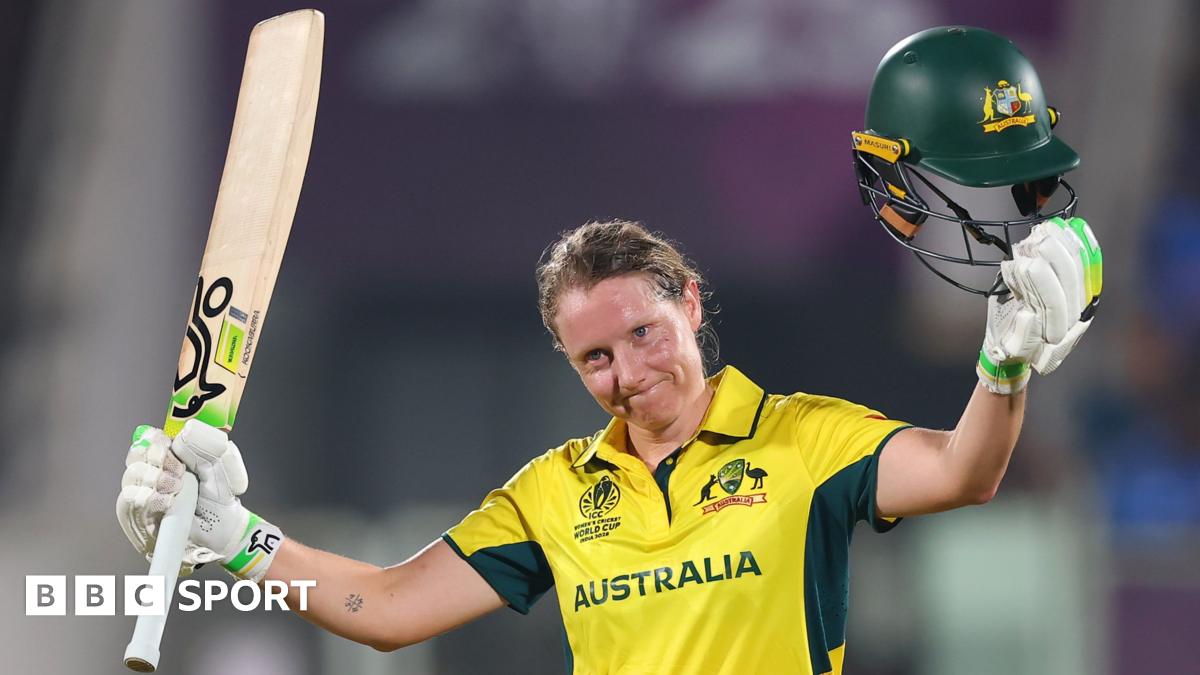Controversial cricket and demise of sports in Pakistan

The 17th edition of 2025, T20 format Men’s DP Cricket Asia Cup was played in UAE from September 9 to 28. India, the defending champions of 2023, successfully defended their title but returned home without the trophy.After the recent military standoff between the two neighbouring nuclear states, the rivalry between the two cricketing countries was obvious. However, the belligerent Indians tried to establish a “new normal” in the cricket world by leveraging their financial and administrative powers in the ICC, that has given a big blow to the image of cricket, which is striving to expand its footprint globally and is knocking at the doors of Olympics.The controversies sparked by Indian cricket authorities (BCCI) backed by BJP extremists are not only detrimental for the already strained bilateral relations between the two countries, but are also extremely harmful for the global expansion of gentlemen’s game, which is facing serious challenges for its existence in West Indies and New Zealand, who are fast shifting to more exciting and result oriented global sports.It’s a harsh fact that the cricket-crazy 1.87 billion people of subcontinent could only manage 68 Olympic medals to-date. Their focus on the “game of luck” is deeply rooted into their social habits, and their inability to understand, adopt and promote a comprehensive sports culture beyond the boundaries of cricket due to various reasons - which will be deliberated in the later part of the article.Cricket, which was once used as a tool of peace between India and Pakistan, has now become a thorn between the two neighbouring countries. Smelling further tensions and strained relations between the two major cricketing countries Michael Atherton, the former England captain, has rightly suggested that ICC should not hold cricket matches between the two rivals, till the time the relations reach to normalcy, so that the spirit of cricket is not threatened in the ground.The game of cricket is almost next to religion in the two countries. On one hand the white ball, limited over franchise model has brought in a lot of money and thrill into the game, while on the other it has damaged the technique and orthodox style of the noble game.It is an established fact that cricket gained its roots in subcontinent because it suits more to the genetically and physically inferior yellow race, which failed to establish its impression in other popular global sports, that are more demanding in terms of technique, fitness, tactics and strategy and are less time consuming and have far lesser dependence on the factors like chance and luck in terms of its outcome.The onus of this enormous interest in cricket is not only due to the very nature of its unpredictability, but the respective cricket boards, and its management, media and advertising opportunities have played a pivotal role in its promotion as an event, that is watched and participated by the people in large numbers, where the players are worshiped as idols and role models.In the sports literate world, where general public is more aware of the sports culture, the yearly sports calendar has three to four different major sports activities. These sports have more or less equal media visibility, and the sponsors get better opportunity to relate their goods and services to these sports throughout the year. The youth pick heroes from each sport according to their choices, and preference. And there is little love loss and heart breaks in case of a defeat.Unfortunately sports, in general, was never viewed as a “human intensive industry” in the sub-continent in general and Pakistan in particular. And was always considered as a leisure and pass time by the wealthy and the influential ones. The policy and decision makers also consider sports as a God-gifted quality possessed by few individuals, and thus its development was never institutionalised.Due to lack of sports for all activities, and its very weak relation with education institutions and clubs, the common man always had limited access to the “organised sports” at the grass roots. Children and common man in general played sports and games at their own in streets and limited unsafe spaces, without any coaching, proper guidance and involvement of families, which are the basic and necessary elements for nurturing the young and fundamentally correct players.Sports thus remained a low priority area for the successive governments, who couldn’t capitalise on its strength as a tool of nation building, and enhancing the country’s image as an organised and strong state among the comity of nations. The governments only seized the occasional opportunities thrown to them by individual athletes, who won laurels at international pedestals, largely due to their own talent and efforts.Pakistani sports structure suffered two major policy blows. The first came in the decades of eighties when sports were separated from education ministry without any deliberation. This resulted in slow retrogression of quality human resource in our sports system, which was produced through regular sports activities in the education institutions.Relatively educated and disciplined sportsperson were replaced by the sportsperson from the street or fake sports clubs, where raw talent had little opportunity for grooming under quality coaches. These sportspersons not only had low IQ, but had also picked bad habits, poor discipline, and faulty fundamentals which were difficult to rectify in later stages of age and training.The second major blow to the already fractured sports system of Pakistan came in September 2021, when the cricketer- turned politician Imran Khan banned the departmental sports in the country through a stoke of pen.This was indeed a major setback, that shook the very foundations of Pakistan sports system, where the major input into the national sports circuit was served by the departments like WAPDA, Railways, Police, PIA, Commercial Banks and Defense Services. The players were stranded at the streets without jobs, and the competitive sports activities came to a sudden halt.Despite major policy flaws, lack of vision, financial resources and a defined career path for the athletes, the country produced Olympic champion like Arshad Nadeem through share individual talent, hard work and determination. However, Pakistan is not visible anywhere on the global sports map in popular contact team sports like football, basketball, field hockey, handball and many more.It must be remembered that the financial resources and sports infrastructure alone cannot produced the required result, because this “human intensive industry” needs fundamentally correct and physically robust players to adopt modern day sports practices under qualified coaches and trainers to match their international contemporaries managed by full time professional management, who can perform consistently as a product of system and not chance.If Pakistan has to emerge as a regional or global sports power in the near future, it must stop experimenting with its sports system and policies. The sports need to return to education, where every child should be given a fair chance to grow and learn the sports in an organised manner. It’s not necessary that every child will become an international athlete, but taking sport back to education will give us a healthy, mentally alert and disciplined nation, which will be able to compete more effectively in the fast expanding global village, and uphold the national flag with more dignity and grace.At the competitive level the sports managers have to be full-time qualified professionals, and not just the blue eyed part timers, steering multiple ships in different directions.








